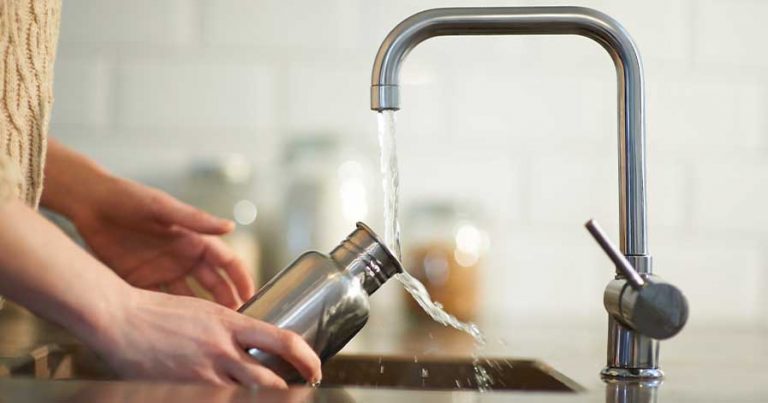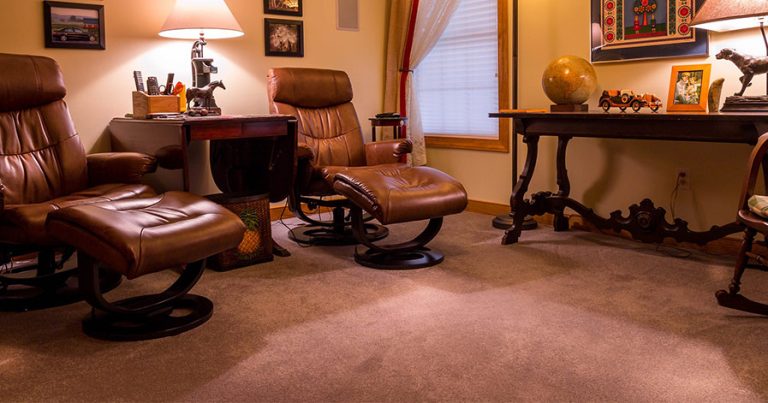Salt Free Water Softener: A Way to Minimize Minerals in Water
What to Know About Salt Free and UV Water Softeners
Humans have taken a toll on the earth. We are too concerned with our own comfort and ease that we do not weigh the consequences of our behavior. As a result, the freshwater supply of the earth is in decline. This is why we may use a salt free water softener.
Not many places have clean enough water to drink from the tap. But as destructive as we can be, we can be innovative too. Water purification plants have come a long way in getting our water clean, but to get water to a near freshwater, spring quality, salt free water softeners have been developed.
What is a Salt Free Water Softener?
Salt free water softeners are water purifiers that crystalize the minerals found in hard water. With all the purification processes that our water goes through, they become saturated with magnesium and calcium, making the water hard.
These minerals are not harmful to humans per se, but it does tend to build up over time, clogging pipes and valves, and deteriorating the mechanisms that we use the water in. As hard water moves through pipes and is heated in kettles and urns, the minerals leave the water and attaches to the pipes and heating elements in the form of scale.
How Does It Soften and Clean Water?
Salt free water softeners are unique in how they “clean” the water, as they do not necessarily take out the hardening minerals. All that these softeners do is neutralize the minerals so that they cannot attach to the pipes and heating elements. They do this by altering the chemical structure of the hardness of minerals, making it unable to attach as scale buildup.
Traditional water softeners work with salt through a process called ion exchange. This ion exchange is achieved by charging plastic resin beads in a filter by rinsing the beads with a saline solution. The sodium ions attach to the resin balls and as the hard water flows over them, the sodium ions exchange with the calcium and magnesium ions. The water that exits the filter is free of magnesium and calcium, but it now has trace amounts of sodium, which is not ideal.
Where to Purchase One
Salt free water softeners are fairly common nowadays and can be purchased online from Amazon and other online retailers. If you are more traditional in your shopping habits, you can always make a turn at your local Home Depot.
The added bonus of going to a store is that a sale consultant will be able to answer all the questions that you might have. If there is not a Home Depot near your location, then doing a quick internet search for salt free water softeners will reveal the closest location to your residence. Most plumbing services will also be able to help you out with the softener, as well as the installation thereof.
Can I Assemble It Myself?
YouTube has changed the DIY landscape forever. With all of the tutorial videos that you can find online, it is quite possible to assemble a salt free water softener yourself. You will need to do some work on your water line, which could be daunting for some, and if you do not have the right tools, things can go pear-shaped very quickly.
Instead of trying to do a DIY job on the softener, get a professional to install the system. They know the ins and outs of water systems and have all the tools needed for the installation.
What Are the Pros and Cons of Salt Free Water Softeners?
As with everything in life, there are both pros and cons to using salt free water softeners as opposed to traditional salt softeners. On the plus side, these devices are low on maintenance because they do not require any form of refill or regeneration cycle. They do not need any drain connections as the water flows into the tank or cartridge and out the faucet.
The only instance where you will need the help of a plumber is when there is a mechanical malfunction. Furthermore, these systems are environmentally friendly, as they do not produce brine and dump chlorides into the waste stream, and all the water that passes through the system is used.
On the other hand, salt free water softeners are not very effective on water wells. The water that comes from wells is often hardened with iron and manganese. These ions render the TAC medium that crystalizes the magnesium and calcium useless.
Salt free water softeners were never intended to remove the mineral ions that cause scale buildup. They only neutralize the minerals, leaving the water hard, but without the physical scale buildup. In effect, the water is technically not softened. When it comes to very hard water, these systems are less effective and scale buildup will still occur, although at a much slower rate.
What is a UV Water Softener?
The name, UV softener, is slightly misleading, as UV softeners do not remove or neutralize minerals in the water. However, they do improve the quality of drinking water by removing other germs and contaminants. UV softeners, or rather purifiers, are intended to neutralize biological contaminants in water and not sediment.
When biological contaminants are found in a local water supply, there are two routes that can be followed: a chlorine purification system or a UV system can be installed. The former is a very aggressive solution that is added to the water, whereas the latter adds nothing.
UV vs Salt Free
A UV purifier is not a replacement for a softener, but it can be used in conjunction with the softener. The UV purifier will kill any biological threat, while the softener will either remove the mineral or neutralize the minerals, depending on the system.
In Conclusion
When it comes to softening water, it comes down to personal preference and the efficacy of the system. The other contending factor is the condition of the water. When all the relevant factors have been taken into account, then you can make an informed decision.

